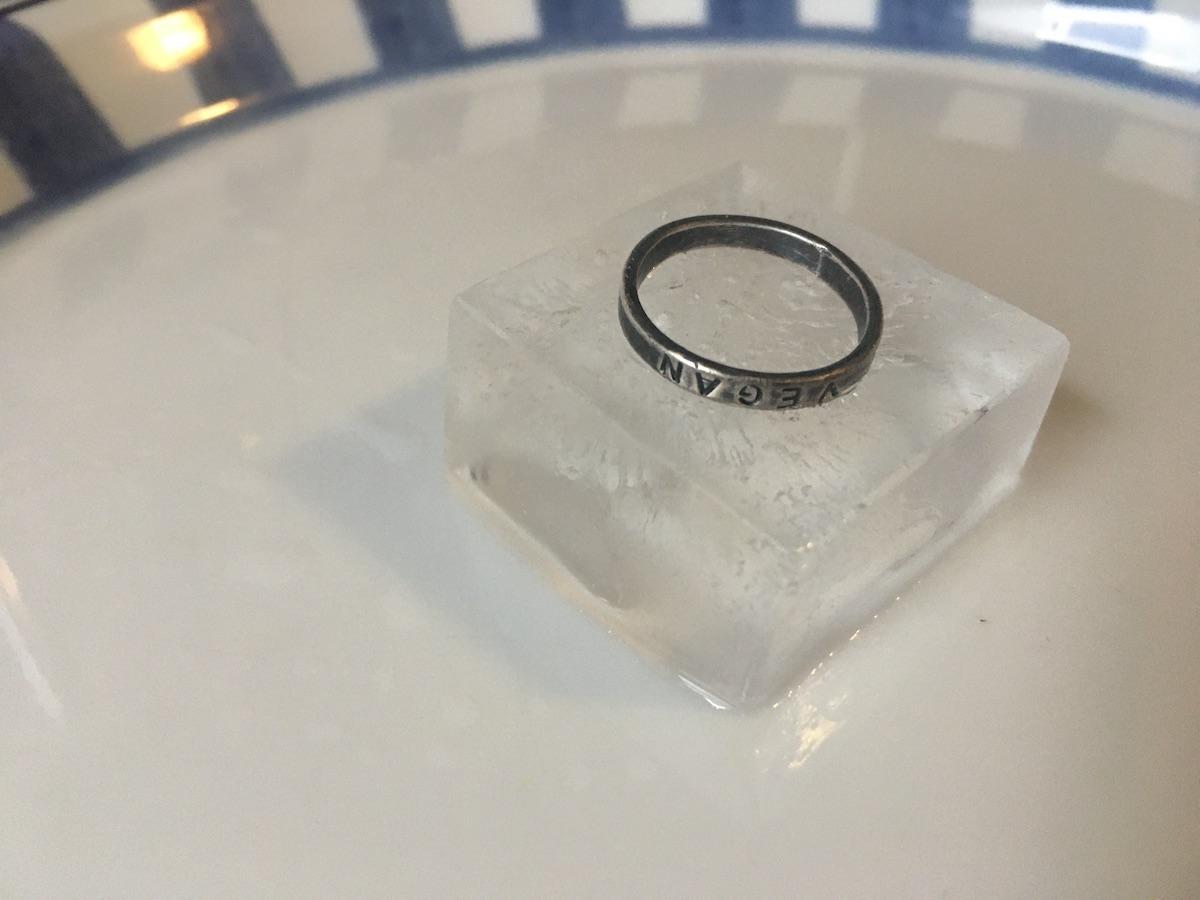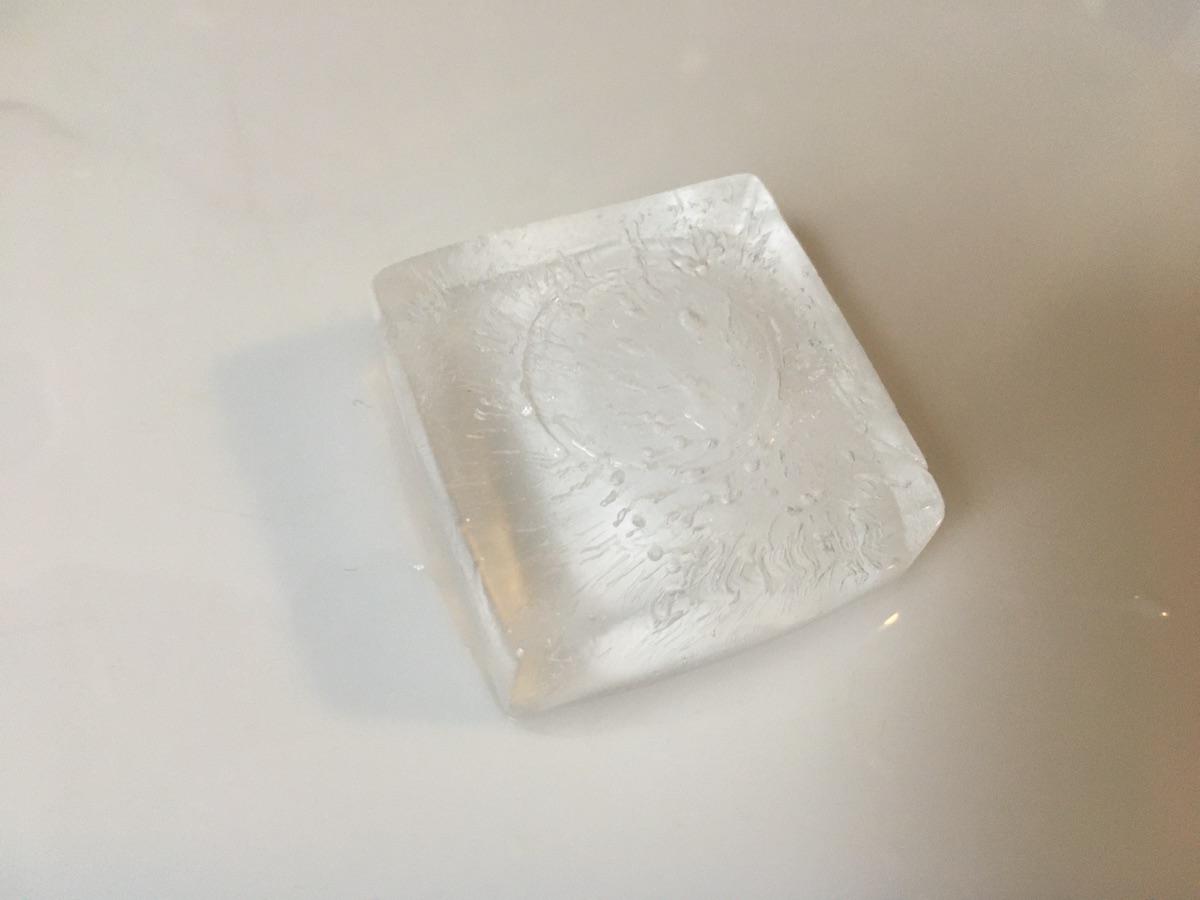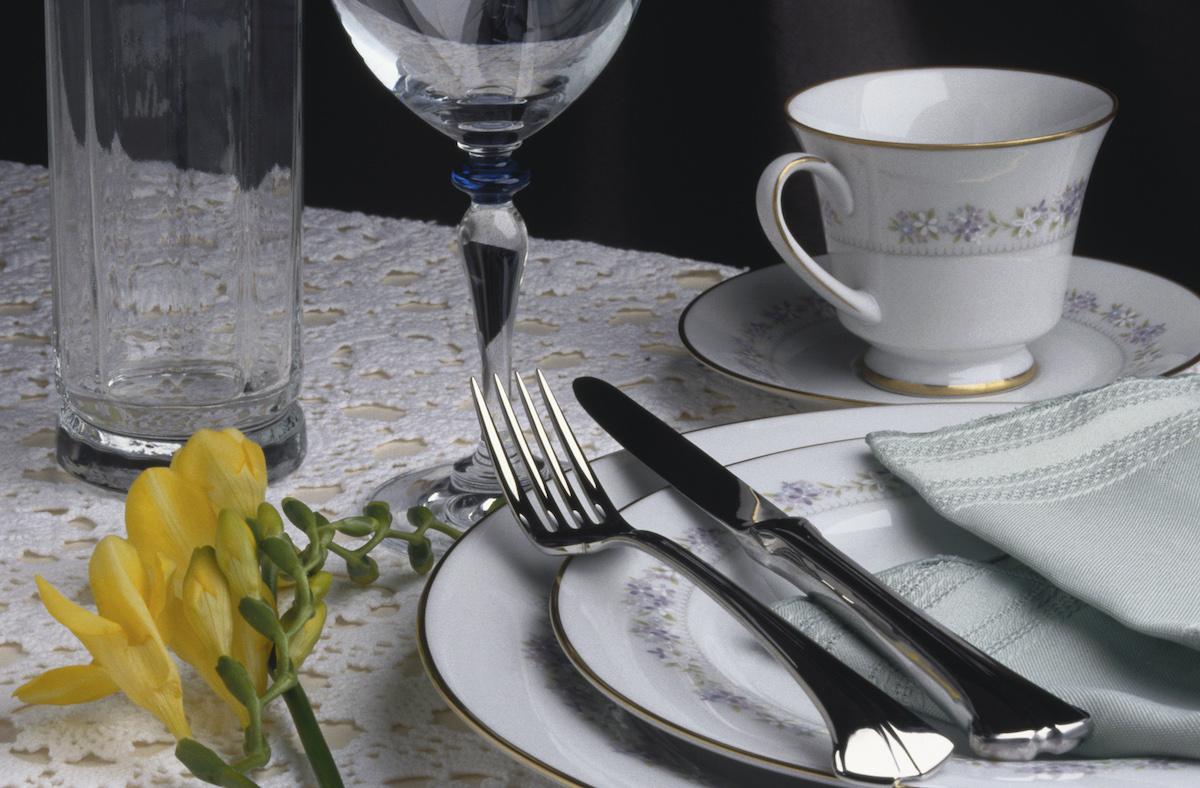Why Does Silver Melt Ice? Here's How to Tell If Your Silver Jewelry Is Real
Published Feb. 23 2021, 10:45 a.m. ET

There are many ways to test if a piece of jewelry or silverware is made with real silver — and one of the easiest ways is by performing the ice test. Is it true that real silver melts ice? And if so, why does silver melt ice?
Why does silver melt ice?
In many cases, placing a real silver item on ice will cause the ice to melt a bit quicker. However, that’s not because of any properties in the silver itself; rather, it’s because heat melts ice, and silver is one of the best conductors of heat, according to Tom Chandler, a Metallurgical Engineer who specializes in heat treatable high-temperature copper alloys.
As Chandler explained on Quora, silver conducts heat from the room it’s in, so even if the room is only slightly warmer that the ice, the silver will still conduct that heat and transfer it to the ice, and cause it to melt a bit faster than it would otherwise. However, if the ice you’re trying to melt is in an environment just as cold as the ice (say, in your freezer, or outside on a winter’s day), the silver will not have any heat to conduct, and therefore will not melt the ice.

My silver ring placed on an ice cube (sorry it's upside down).

The ice cube a few minutes later, after I removed my silver ring.
Does the ice test really work for silver?
Many people who want to know if their jewelry, silverware, or other items are really made from silver will conduct a simple at-home ice test by placing the item on an ice cube, and seeing if it helps the ice melt in the spot the item is touching. If the room is warm and the ice does not melt where you place the item after a few minutes, you may be able to assume that your item is not really silver. As you can see from the above photos, my silver ring did melt the part of the ice it was touching.
While there’s no harm in trying this, the ice test is not a surefire way to confirm that your item is specifically silver — it just confirms that it’s some sort of metal that conducts heat.
What kinds of metal conduct heat?
According to Thermtest, materials with high thermal conductivity include diamond, silver, copper, gold, aluminum nitride, silicon carbide, aluminum, tungsten, graphite, and zinc. So if your supposedly silver item melts ice, there’s a chance that it’s made from one of those materials instead of silver.
Here’s how to tell if an item is real silver.

If you’re really dying to know if that silverware is really silver, there are a few other tests you can try in addition to the ice test, as noted by Martha Stewart. For one thing, check for a stamp reading 925, 900, or 800 — if the manufacturer was honest, any of those numbers imprinted on your item should indicate authentic silver.
You can also try the magnet test: just touch your item to a refrigerator magnet and see what happens. Real silver is only very slightly magnetic, so if your item is strongly magnetized to the magnet, it’s not pure silver. There’s also the smell test: silver should not have any odor, so if you notice a strong metallic scent, your item may not be silver.
One last easy test is the polish test: real silver tarnishes fairly easily, so try wiping your item with a polishing cloth. If the piece leaves black streaks on the cloth, it’s probably real silver.
Both of my rings (pictured above) pass all of the above tests — so based on the combined results, I feel pretty confident that they are really silver. I'd recommend trying multiple tests to get a better idea.
If all else fails, swing by your local jeweler and ask their opinion. Sometimes it’s best to leave things to the experts (and you may score a free polishing in the process!).